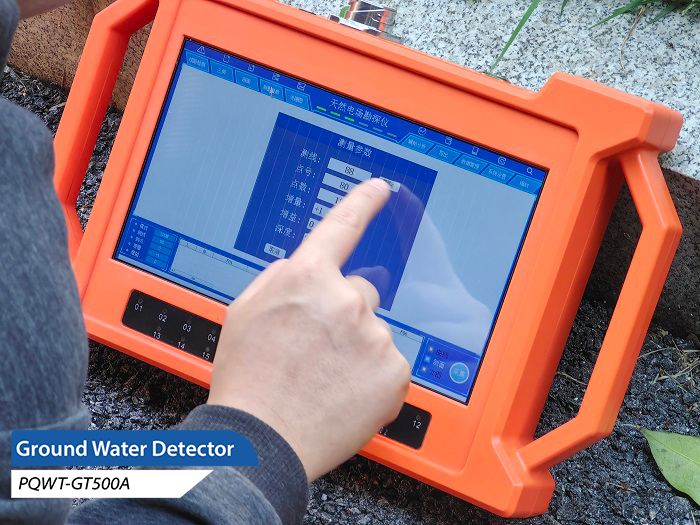Under the hot sun, the water flow in many mountain turnips in the Guanyang area has dried up, causing drinking water difficulties for the local people. Therefore, drilling wells for water has become an important way to solve the drinking water problem.

The people of Guanyang, limited by their geographical location, often choose to find a place in front of their houses to drill wells. Whether or not water can be produced is often more of a matter of chance. For the purpose of meeting the water needs of one family, this kind of luck is barely enough. But if you want to provide enough water for dozens or even hundreds of families, the situation is completely different, which requires more in-depth and professional investigation and exploration.
To find abundant groundwater is not simply a matter of luck, it requires a combination of experience and technology. Groundwater, although invisible, is traceable. Generally speaking, the flow direction of groundwater is similar to the trend of surface water flow, which provides certain clues for us to find water sources.
Rivers are not only the gathering place of surface water, but very often they are also the gathering place of groundwater. The sand and pebble layers in rivers have good permeability, and river water can recharge groundwater. In addition, the rock fissures and karst voids in the riverbed are well developed, so the vicinity of rivers and gullies is often an ideal location for drilling wells for water.
However, the abundance of water in a well depends critically on two factors: the presence of a water storage structure underground and the availability of an appropriate source of recharge. Water storage formations are simply those rock formations with many voids that are conducive to groundwater pooling, such as karstified limestone and sandstone with many fissures. Groundwater runoff and water quality vary from one rock formation to another. For example, limestone has a high groundwater runoff rate, while loess types have a relatively poor groundwater runoff rate.
Therefore, before deciding to drill a well, it is very necessary to conduct a site investigation. We need to focus on the following aspects: firstly, whether there is a source of recharge or a certain area of recharge; secondly, whether there is an appropriate storage structure; furthermore, whether there are wells or seepage of clear water nearby or downstream; and lastly, whether there are depressions in the vicinity due to avalanches.
Of course, it is not enough to find the water storage structure just by experience, but we also need to combine the modern technology, ground water detector, to accurately determine the location of the wells. there are many methods in the ground water detector, among which the electric method is the most commonly used. It utilizes the difference in electromagnetic properties of underground rock layers to search for underground water and mineral resources through natural electric field and electromagnetic field. Natural electric field intelligent one key into the map ground water detector is the use of natural electric field as a source of work, based on the difference in resistivity of underground rock and ore or underground water, on the ground to measure the natural electric field N different frequencies of the electric field components, according to the change rule of their laws to study the different geological bodies produced by the anomalous changes in the situation to achieve the solution of geological problems of a kind of electrical exploration method. Methods.
Finding water and drilling wells is not a simple thing, it requires us to combine experience and technology, on-site investigation and scientific exploration, in order to improve the success rate of drilling wells, and provide sufficient water for the local people.








